Shalom and welcome to the 30th issue of Teaching the Legacy. This e-newsletter focuses on defiance and rebellion during the Holocaust.
When researching the ghettos and camps during the Holocaust, we begin to understand that there was always some form of Jewish protest or resistance to the German oppression. From escape to hiding, from mutual help efforts to educational and creative activities, from spiritual to armed resistance – all these acts embodied the relentless struggle of Jewish individuals and communities to counteract the restrictions and dangers raining down upon them. Resistance of various kinds took also place at forced labor camps, concentration camps, and extermination camps.
Because this year marks 70 years since the Warsaw Ghetto Uprising, we have chosen to focus on resistance in Warsaw and in certain other large ghettos. The main article of the newsletter is about the Warsaw Ghetto Uprising, which has become a universal symbol of heroic resistance. The newsletter includes articles about the dilemmas of armed resistance in general, and about resistance in the Krakow and Bialystok ghettos. The newsletter also includes articles enabling interdisciplinary approaches regarding resistance such as poetry, art and film. We also feature an interview with Shulamit Imber, the pedagogical director of the International School for Holocaust Studies, who describes the changing approach to what we define as "resistance", and an interview with Simha Rotem, a survivor and fighter of the Warsaw Ghetto Uprising. The newsletter contains a book review, an artifact, and a featured story of a Righteous Among the Nations.
As always, the newsletter features new publications and updates on recent and upcoming activities at the International School for Holocaust Studies and across Yad Vashem. We hope you find this issue interesting and resourceful and we look forward to your feedback.
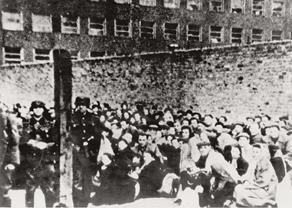
The Warsaw Ghetto Uprising
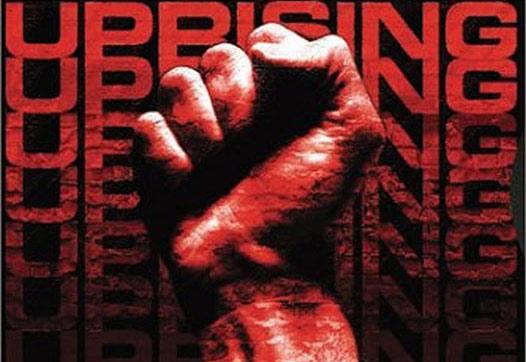
Jewish Resistance and Uprisings
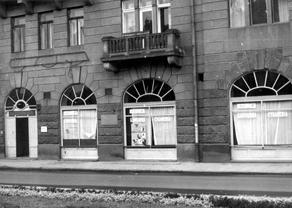
Armed Resistance in the Krakow and Bialystok Ghettos

Armed Resistance in the Ghettos: The Dilemma of Revolt
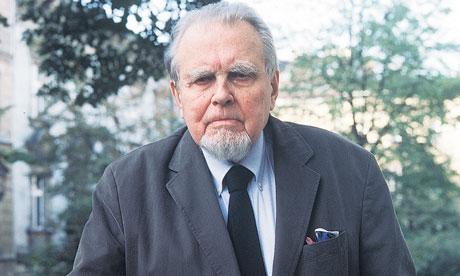
Two Poets and a Dividing Wall
With angles of vision that must surely collide,
Who will live and who will die
Who will write and who will be denied?This article will focus on two famous poets who, after the German occupation of Warsaw, found themselves on separate sides of the wall dividing the Jewish ghetto from the Aryan part of the city.1 Wladislaw Szlengel, a Jewish writer, became one of the best-known Jewish poets during the difficult days of the ghetto’s existence. Czeslaw Milosz, born in Lithuania in 1911, was a young Polish poet who published...
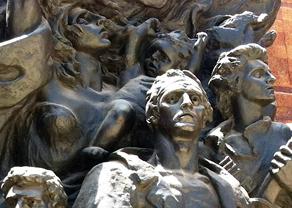
Rapoport's Memorial to the Warsaw Ghetto Uprising – a Personal Interpretation
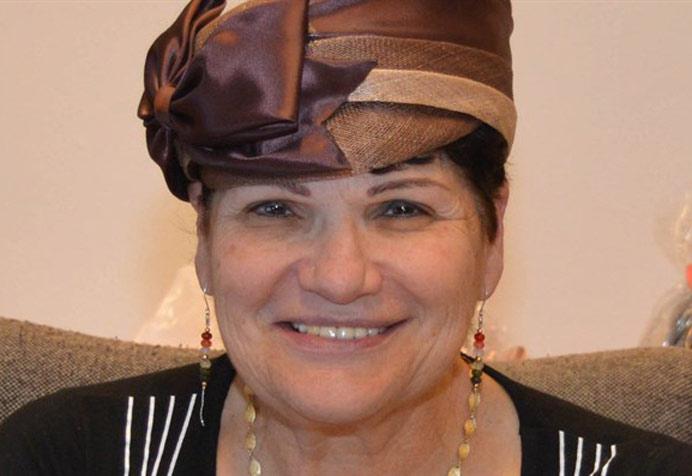
Interview with Shulamit Imber, Pedagogical Director of the International School for Holocaust Studies, Yad Vashem
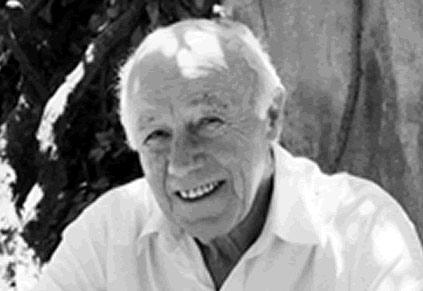
Conversations with Simha ("Kazik") Rotem, Survivor Who Took Part in the Warsaw Ghetto Uprising
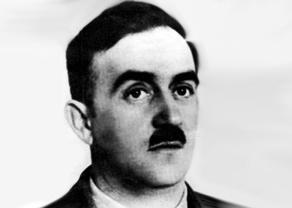
Righteous Among the Nations: Anton Schmid
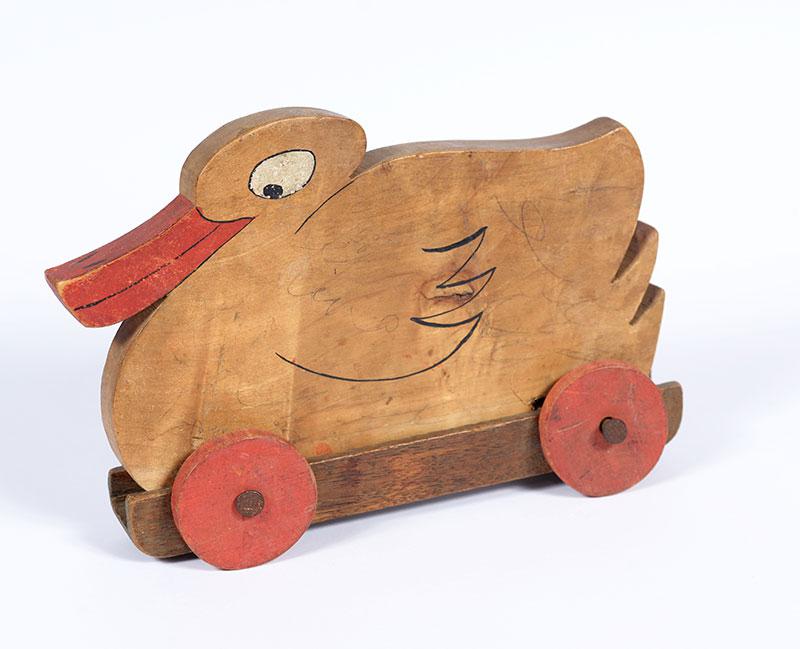
Wooden Duck Used by the French Underground for Smuggling Documents
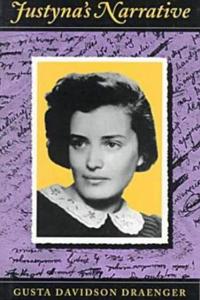
Justyna's Narrative - Gusta Davidson Draenger
Gusta Davidson Draenger
University of Massachusette Press, Amherst
144 pages“From this prison cell that we will never leave alive, we young fighters who are about to die salute you. We offer our lives willingly for our holy cause, asking only that our deeds be inscribed in the book of eternal memory. May the memories preserved on these scattered bits of paper be gathered together to compose a picture of our unwavering resolve in the face of death".1
…. "Justyna" – Gusta Davidson Draenger. January, 1943, Montelupich Prison






